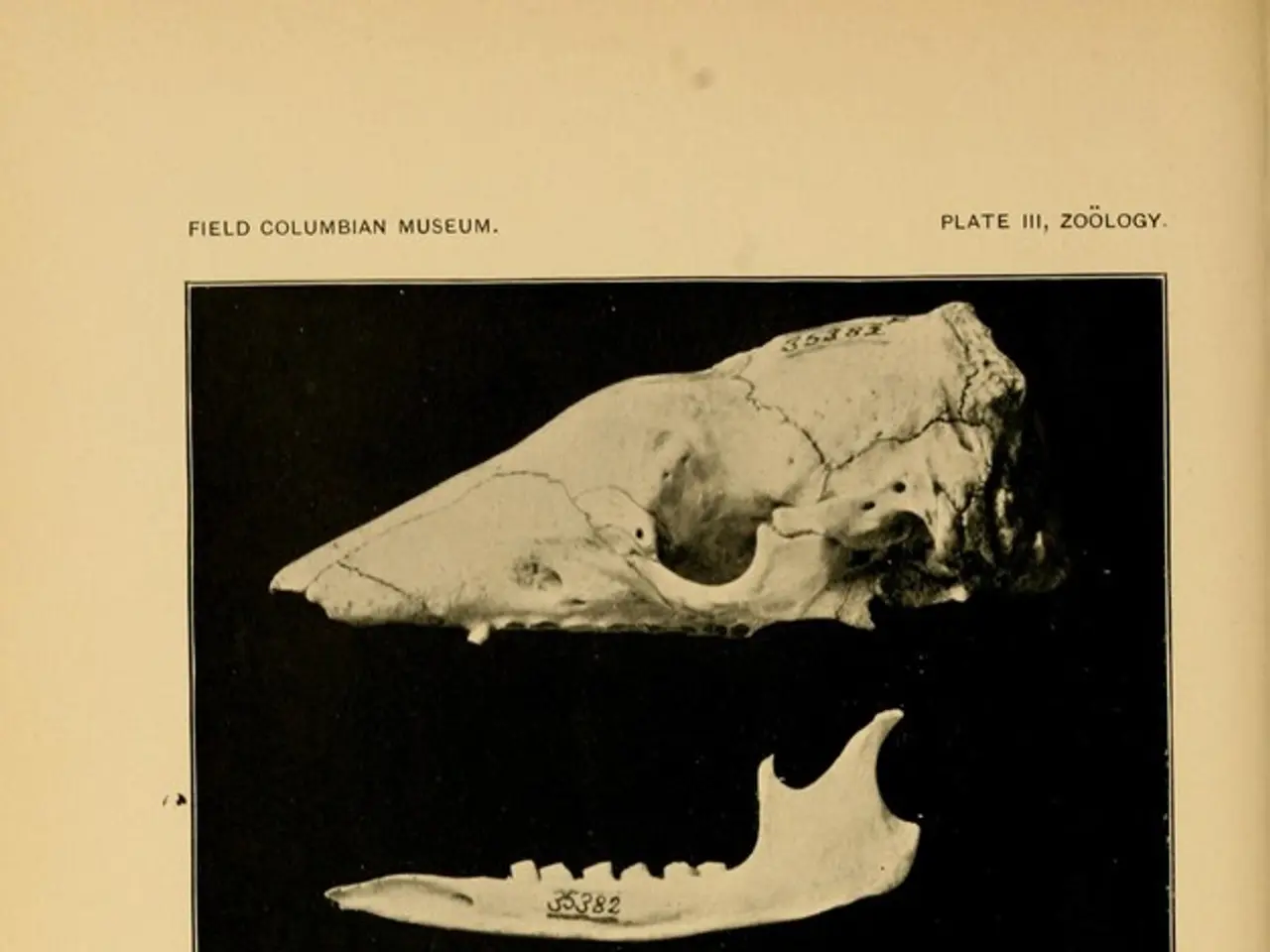Signs that might indicate the onset of osteoporosis?
Osteoporosis is a common condition that affects the bones, leading to a decrease in bone mineral density and bone mass. This silent disease, as it is often referred to, can be a significant health concern for individuals, particularly as they age.
Risk Factors and Early Symptoms
While osteoporosis may not present noticeable symptoms until a fracture occurs, there are several key indicators that may signal its presence. These include:
- Bone pain or tenderness, especially in the lower back, often related to vertebral compression fractures.
- Sudden fractures from minor injuries, especially in the hip, wrist, or spine.
- Loss of height over time, which can signal spinal fractures or compression.
- Stooped posture or curvature of the spine (kyphosis or "dowager's hump") due to vertebral collapse.
- Muscle cramps or aches, potentially indicating mineral deficiencies linked to bone health.
- In advanced cases, shortness of breath may occur if spinal compression fractures significantly restrict lung capacity.
In addition to these symptoms, potential early signs of osteoporosis may include receding gums, weakened grip strength, and brittle fingernails. Brittle fingernails can be a symptom of osteoporosis, as it can contribute to slow nail growth. Receding gums in osteoporosis can lead to tooth loss and bone loss in the jawbone.
Modifiable Risk Factors
Several factors can increase the risk of developing osteoporosis. These include:
- Altered levels of hormones in the body, such as low levels of estrogen in females and testosterone in males, can be a risk factor.
- A history of falls and fractures can also be a risk factor.
- Long-term use of certain medications, such as corticosteroids, proton pump inhibitors, and antiepileptic drugs, can increase the risk.
- Living with certain conditions, such as HIV, rheumatoid arthritis, and anorexia nervosa, can increase the risk.
- Females are at a higher risk of experiencing osteoporosis compared to males.
- Older age increases the risk of developing osteoporosis.
Prevention and Lifestyle Changes
To reduce the risk of osteoporosis, a person can make changes to their diet to include foods high in calcium, vitamin D, and protein. Increasing physical activity by doing low-impact weight-bearing exercises is also beneficial.
Modifiable risk factors for osteoporosis include a diet lacking certain vitamins such as vitamin K, cigarette smoking, lack of physical activity, weight loss or low body mass index (BMI), frequently consuming alcohol, stress, and air pollution.
Regular monitoring of risk factors and bone density testing (DEXA scan) are important for early detection of osteoporosis. Because osteoporosis can be silent early, it is crucial to be aware of the potential symptoms and risk factors to ensure early intervention and prevention.
- Maintaining a balanced diet rich in calcium, vitamin D, and protein could help reduce the risk of osteoporosis.
- Engaging in low-impact weight-bearing exercises is beneficial for bone health, reducing the risk of osteoporosis.
- Modifiable risk factors for osteoporosis include a deficiency in vitamin K, cigarette smoking, lack of physical activity, weight loss or low BMI, excessive alcohol consumption, stress, and prolonged exposure to air pollution.
- Osteoporosis can affect various aspects of health-and-wellness, including mental-health, fitness-and-exercise, cardiovascular-health, women's-health, and men's-health.
- Chronic diseases like osteoporosis may co-exist with other medical-conditions such as anorexia nervosa, rheumatoid arthritis, and HIV/AIDS.
- Symptoms of osteoporosis may include fractures from minor injuries, bone pain or tenderness, loss of height, stooped posture, muscle cramps, shortness of breath (in advanced cases), receding gums, weakened grip strength, and brittle fingernails.
- In addition to regular check-ups, bone density testing (DEXA scan) is essential for early detection of osteoporosis and can help to monitor risk factors.
- Men as well as women are susceptible to osteoporosis, and older age increases the risk of developing this chronic disease.




